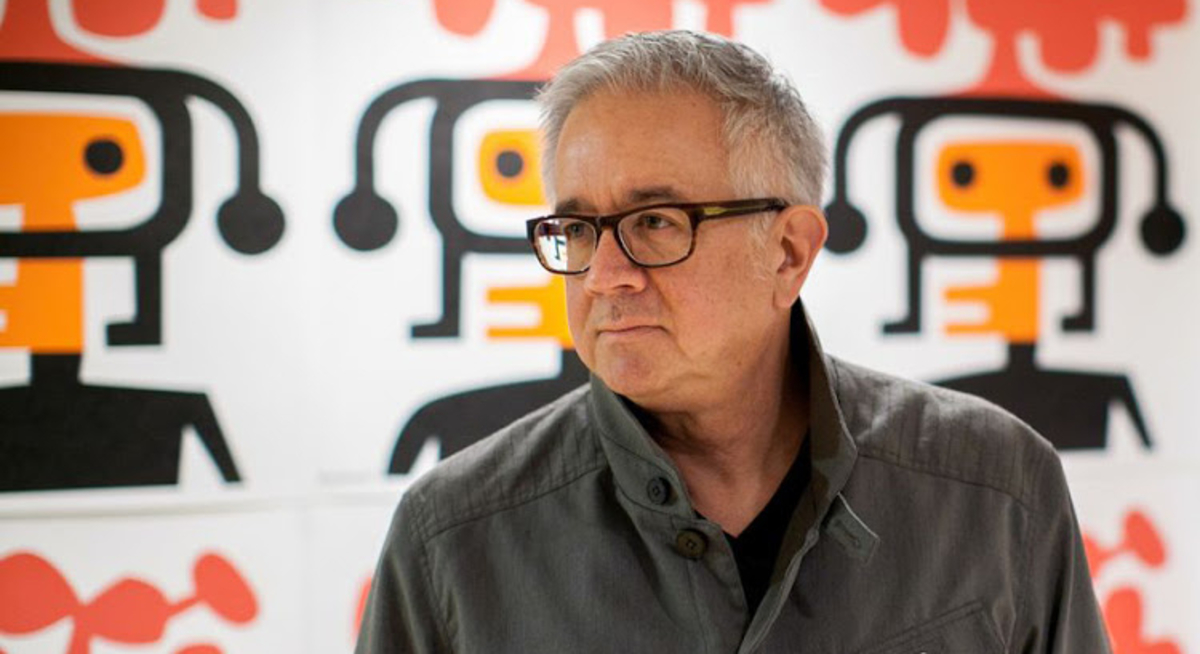Brands are no longer what we tell people we are, but what our community says about us.
The Strategic Brand Narrative is a tool for creating and attracting people to your community. This narrative is ultimately distributed through social media, digital and other communications.
Brands have evolved. Today, “brands” are the moments and experiences shared between a user and a product. Brands are the conversations and moments we have together, whether we are a community, a movement, or a crowd trying to create positive change.
It is axiomatic that attaching yourself to a larger narrative is the key to success. (Quick easy examples--We don’t make computers, we put a ding in the universe, we think different. And: We don’t sell shoes, we’re trying to create positive change in our world.) It’s not about building a better widget, it’s about building a bigger dream.
The more that your brand is in touch with a larger story, the greater your ability for success. It’s about creating the narrative first. Building your strategic brand narrative is foundational to your success, almost a parallel path with your technology, product or service build. This narrative is “Strategic” because by carefully designing the seven pieces of social code (creation story, creed, icons, rituals, lexicon, nonbelievers, leader), you can distribute each piece via content in digital and social media to design a holistic communications surround for users and fans that keeps them in touch with your community. It is “Brand” because, today, “brand” is your community of users, fans, zealots and others who share your beliefs, values and experiences . They don’t so much buy you, as buy into you. They tweet, share, like, pin, download, link, tag and post because when people believe, they usually belong (or want to belong) to your community. And when they feel they belong to your community and not another, they prefer you among other choices. Belonging becomes your unfair advantage.
It is “Narrative” because our key performance opportunity is to take something that is meaningless--whether it is a person, place or thing--and make it meaningful. Companies who wrap themselves in story, rather than the peculiarities of their widget, have a far greater chance of success (or fail faster, if your widget sucks). This is the role of storytelling and narrative.
When you string together the pieces of social code (creation story, creed, icons, rituals, lexicon, nonbelievers, leader) your Strategic Brand Narrative pings the emotional and logical touch points we need as human beings for things to “make sense” and have meaning.
Leaving out any single piece of code from your overall narrative will either not “make sense” at some inexplicable instinctual or primal level, may confuse the observer, and potentially provide a strategic advantage for your competition. And you fail.
The social code is (perhaps) complicated, but so are human beings. It is much simpler to concentrate on the "Why?" or chase after the latest selfie, face swap, or other trend of the day.
This is only human, and why so few truly powerful brands exist.
To engineer and coordinate your creation story, creed, icons, rituals, lexicon, nonbelievers, and leader across multifaceted media involves layers of intricacy and a matrix perhaps too complex for channel and content planners to manage.
But it is not too complex for a computer.
With the advent of big data networks, artificial intelligence and cloud computing, the possibilities to create a social intelligence engine that creates Deep Belief networks becomes not only possible, but likely.
At those quantum levels, data is not just personalized, distributed and responded to within tetraseconds, but the Internet of Me can create the ultimate responsive networks, drill down to individual needs, patterns and desires. This allows us to work emotional attachments into binary data points, creating a social logic engine for community-building.
When you remember how social code drives communities of people, places and things, you realize that these interconnected networks of influence, advocacy and preference not only impact individuals, products, services, and enterprise. But these powerful Deep Belief networks will also command cities, nations, and governments.
This is both an opportunity and the problem. Only you will decide which.
Follow Patrick Hanlon on Twitter. Check out his website.
Original - Apr 26, 2016.
Cover photo: Patrick Hanlon, founder and CEO of global brand practice Thinktopia. Picture: SUPPLIED
Watch an online interview with Patrick Hanlon:

